Meet CHAPPIE, the Space Force’s robot that can sniff nuclear material
- By Task & Purpose
Share This Article
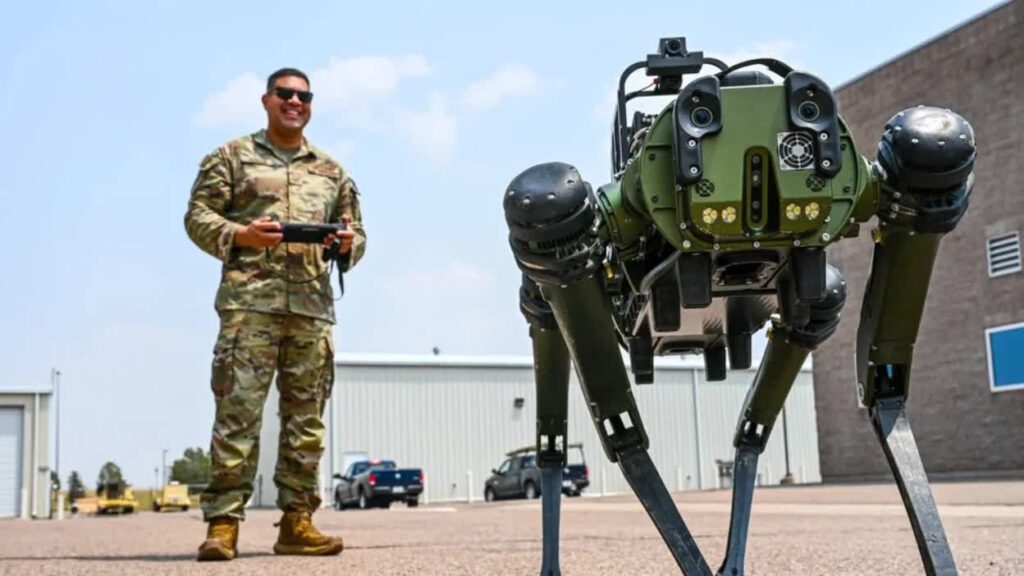
Troops stationed at Buckley Space Force Base in Aurora, Colorado might notice an odd four-legged robot loping around the base. That’s CHAPPIE, Space Force’s robot dog that hunts down dangerous material. And yes, it is apparently named after Chappie, the 2015 Neil Blomkamp-directed science-fiction movie where a police robot is stolen by members of the South African rap group Die Antwoord and becomes a criminal-slash-revolutionary.
Space Force’s CHAPPIE has been in use on the base since July, according to the dates on some photos released by the service. The robot, according to Space Force, is one of only two quadrupedal unmanned ground vehicles in the entire Department of Defense to be dedicated to chemical, biological, radiological and nuclear (or CBRN) detection. And it ended up at a Space Force base, named for a film where Hugh Jackman – sporting a mullet – tries to replace crime-fighting robots with a giant mecha.
The idea for CHAPPIE – the real-life robot, not the movie one – dates back to years earlier in the Middle East. U.S. Air Force Master Sgt. Dominic Garcia was then stationed at Dyess Air Force Base, Texas, having previously deployed to Syria as part of the anti-ISIS fight. American troops were hunting down ISIS chemical weapons.
“I thought there had to be a safer and faster way. In 2022, while stationed at Minot, I applied for a Small Business Innovation Research Grant through [the Department of the Air Force’s technological grant program] AFWERX,” Garcia said in the Space Force release. “I received $1.24 million to develop a remote CBRN sensing capability using our current inventory of detectors. Within 20 months, we reached 90% of our goal, conducting tests at the Defense Threat Reduction Agency and Dugway Proving Ground.”
Using robots to help with CBRN detection and neutralization isn’t new; the military has been working on that in recent years. However, when it comes to this role, CHAPPIE’s design is. And it’s an increasingly familiar design: it’s a modified robot dog. CHAPPIE is heavily outfitted with sensors and detectors already in use by the military to identify and track nuclear or chemical traces. The four-legged machines have become a popular tool in militaries worldwide. Military and commercial ones have been used for everything from patrolling bases in the United States or marketed at arms conventions with a rocket-propelled grenade launcher mounted on them.
This CHAPPIE is operated by Garcia via a video game controller-like device, rather than being a fully autonomous police robot like his movie namesake. These types of controllers have become increasingly popular within the military, both for efficiency and familiarity from users.
According to the Space Force’s release, the military and Garcia are working on improving CHAPPIE’s efficiency. That means adding newer sensors, making it more mobile, and – yes – incorporating possible artificial intelligence additions.
This article by Nicholas Slayton was originally published by Task & Purpose.
Feature Image: Air Force Master Sgt. Dominic Garcia guides the CBRN robot CHAPPIE using a video game controller-like device at Buckley Space Force Base, Colorado. (Space Force photo by Tech. Sgt. Jordan Thompson)
Read more from Sandboxx News
- 50,000 Russian and North Korean troops prepare to attack Ukrainian forces in Kursk
- Semper Fi: The Marine Corps is turning 249 years old. Let’s talk about its birthday celebrations
- It took more than stealth to make the F-117 Nighthawk a combat legend
- How Navy SEAL candidates recover after Hell Week
- Video: The media is lying to you about the F-35
Related Posts
Sandboxx News Merch
-

‘AirPower’ Classic Hoodie
$46.00 – $48.00 Select options This product has multiple variants. The options may be chosen on the product page -

‘Sandboxx News’ Trucker Cap
$27.00 Select options This product has multiple variants. The options may be chosen on the product page -

‘Kinetic Diplomacy’ Bumper Sticker (Black)
$8.00 Add to cart
Task & Purpose
Related to: Gear & Tech
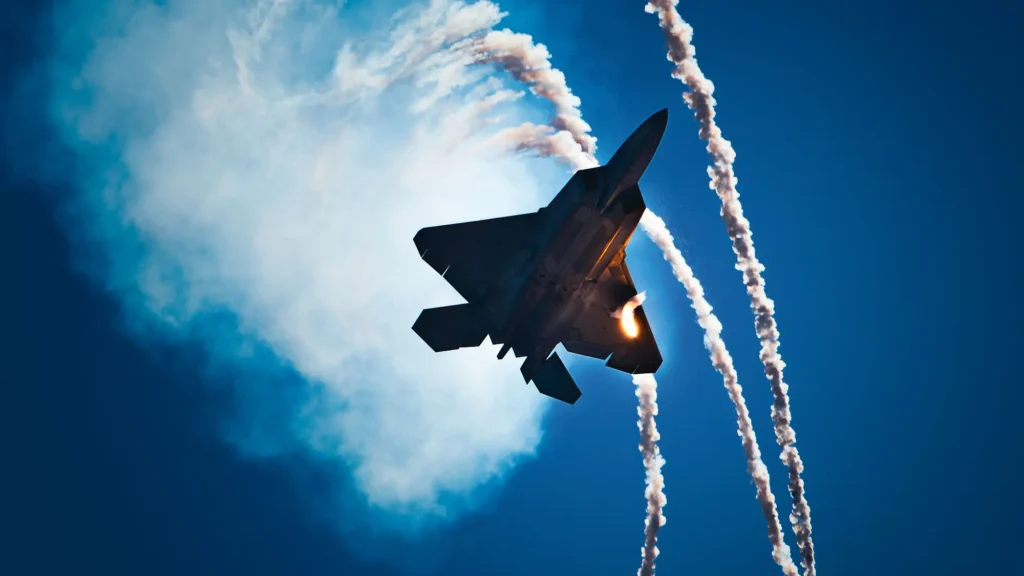
America’s first 6th-gen fighter jet will be Boeing’s F-47, Trump just announced
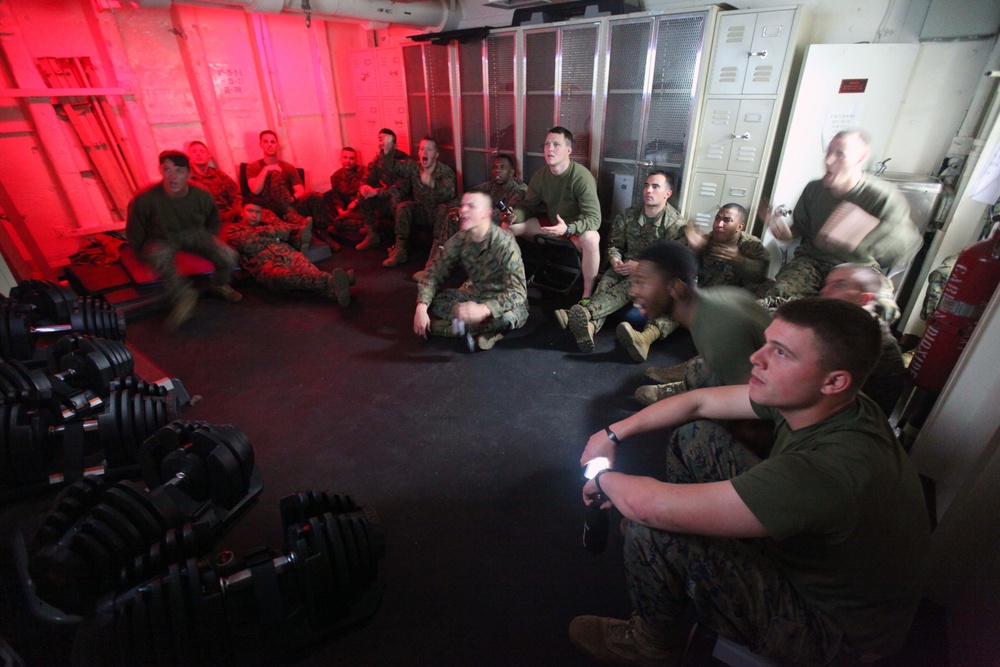
3 new TV shows to watch to make service time pass faster
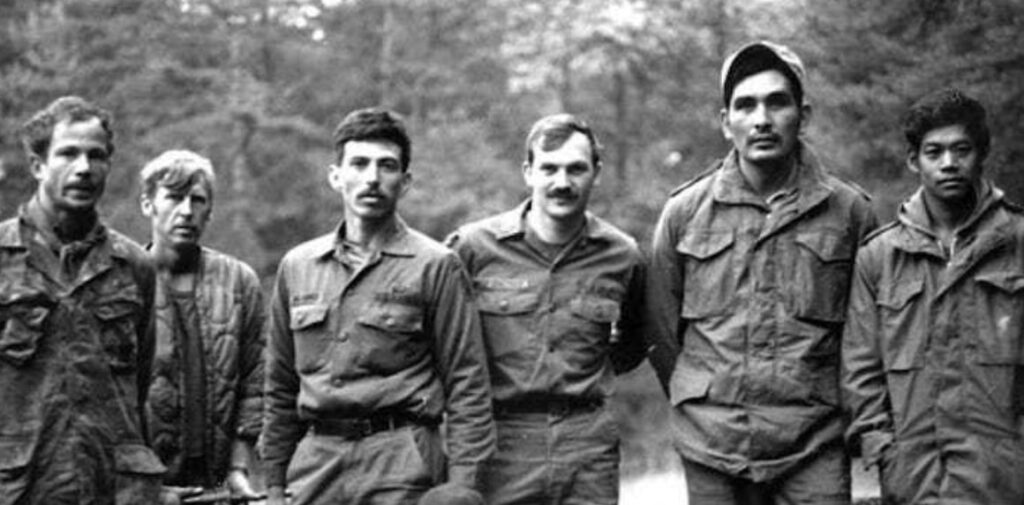
Delta Force Assessment and Selection: Spending nights at base camps
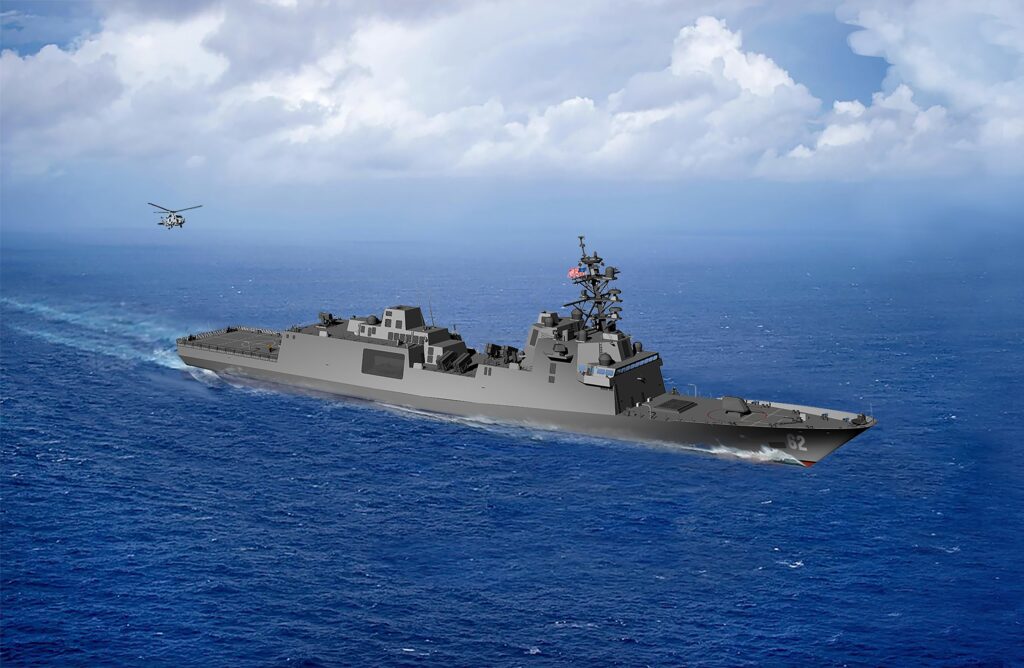
The US Navy is forced to wait on its new flagship frigate
Sandboxx News
-

‘Sandboxx News’ Trucker Cap
$27.00 Select options This product has multiple variants. The options may be chosen on the product page -

‘AirPower’ Classic Hoodie
$46.00 – $48.00 Select options This product has multiple variants. The options may be chosen on the product page -

‘AirPower’ Golf Rope Hat
$31.00 Select options This product has multiple variants. The options may be chosen on the product page -

‘Sandboxx News’ Dad Hat
$27.00 Select options This product has multiple variants. The options may be chosen on the product page
